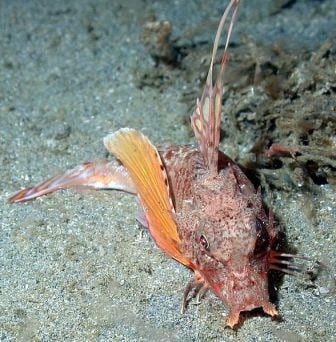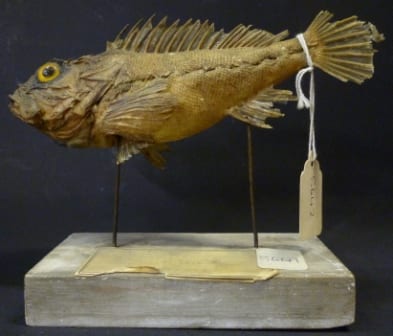Specimen of the Week: Week 121
By Emma-Louise Nicholls, on 3 February 2014
 The most important thing everyone needs to know about today is that it is my lovely sister’s birthday. Unfortunately/fortunately she is not a specimen in the Grant Museum and so writing about her doesn’t really fit in the remit of Specimen of the Week. It’s fine though as I have another (genuine) specimen to awe and inspire you instead this week, it is one of the most respectable animals in its kingdom (the animal one). This week’s Specimen of the Week is…
The most important thing everyone needs to know about today is that it is my lovely sister’s birthday. Unfortunately/fortunately she is not a specimen in the Grant Museum and so writing about her doesn’t really fit in the remit of Specimen of the Week. It’s fine though as I have another (genuine) specimen to awe and inspire you instead this week, it is one of the most respectable animals in its kingdom (the animal one). This week’s Specimen of the Week is…
**The sea robin (a fish)**
1) This fish is fantastic. No, really. The common name sea robin (also known as the flying gurnard) comes from its movement, it has large pectoral fins which it uses like wings to ‘fly’ through the water. It spends much of its time on the sea bed which is where it performs another super method of locomotion. The bones, or rays, within the pectoral fins aren’t all attached. The sea robin has three sets of fin bones on either side that are detached from both the fin and each other. The sea robin can move these appendages independently, making feeler-like ‘front legs’ with which it can ‘walk’ along the sea bed.
2) The sea robin typically lives at a depth of around 200 m. It also uses its ‘legs’ to stir up sediment on the sea bed, through which it searches for prey such as crustaceans, and possibly other smaller fishes.

A wild gurnard, showing off its spines. Image by Andrew David. Image obtained from commons.wikimedia.org
3) The sea robin just gets better and better. It has sharp spines on the gill plates and dorsal fins that are able to inject a mild venom. It is not deadly to humans but is potent enough to cause pain for up to three days. If you get stung, I have read that applying both heat and ‘acid solutions’ to the area of skin will alleviate the pain. However, I am dubious as to whether they mean alleviate the pain of the sting, or replace the pain of the sting with the pain of something else?
4) If you catch a sea robin (which I don’t advise, given the previous paragraph) it will probably make a croaking noise, similar to that of a frog. It does this by beating a special muscle against its swim bladder. Weirdly, and despite its poisonous spines, the sea robin is readily eaten by humans.
5) It belongs to the group called scorpion fishes, known for their spiny appearances. The majority of species grow to between 30 and 40 cm in total body length, and have a heavy set and solid skull. The distribution of the various species of sea robin constitutes parts of the Indian Ocean and Pacific Ocean, including offshore Hawaii.
Emma-Louise Nicholls is the Curatorial Assistant at the Grant Museum of Zoology
2 Responses to “Specimen of the Week: Week 121”
- 1
 Close
Close




Oh, humans. Why do we look at clearly dangerous creatures and think, “I’m gonna eat that!”?